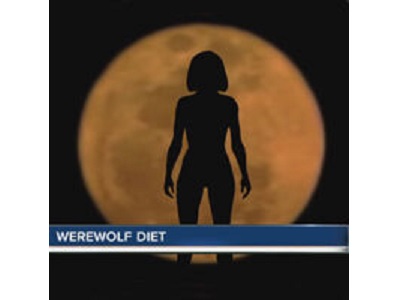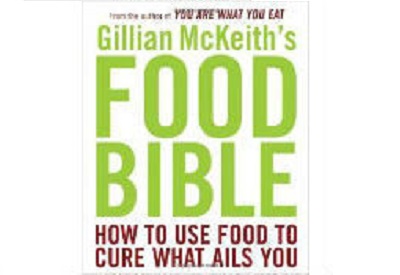The Werewolf Diet is a fad diet that has become surprisingly popular over the last handful of years. Also known as the lunar diet, it has accumulated a bit of a celebrity following, which helps to explain why it has started taking off. Big names such as Madonna and Demi Moore have supposedly followed this diet.
What is the Werewolf Diet?
The Werewolf Diet actually consists of two different plans, both of which are designed to help people to lose weight. The first of the two is the basic moon diet plan. It involves fasting for 24 hours during which the practitioner is permitted only liquids such as juice and water.
The belief is that the moon has an effect on the body. Therefore, it is important for people following this diet to time their fasts precisely –right down to the second – with the full moon and the new moon. The claim is that by following this diet precisely, a dieter will lose as much as 6 pounds within that single period of 24 hours. As the fasting occurs only once per month, it means that the six pounds will all be lost at once and the rest of the time would involve maintenance until the next fast.
That said, weight loss at that speed usually reflects water loss, not fat loss. It also usually comes back pretty quickly after it was lost as the individual rehydrates once again.
The second Werewolf Diet plan is known as the extended moon diet plan. With it, it’s not just the full and new moons that are taken into account. All the moon phases are important, including waxing and waning, too. The 24 hour fasting applies to the full and new moon phases in the same way as the basic plan. That said, when the moon is waning, dieters can eat solid foods but have to drink about 8 glasses of water each day to help to promote detoxification.
On the other hand, when the moon is waxing, dieters are supposed to eat less than they usually would without actually eating so little that they would be starving. Moreover, dieters are discouraged from eating after 6 pm because the light of the moon starts becoming more visible after that point. This more restrictive form of the fad diet places dieters at a far greater risk of side effects. These can include irritability, light headedness and dizziness, fatigue and weakness. It is also difficult for many people to follow on a social level as not eating after 6pm makes it difficult to eat socially or to make it home from work in time to have a healthy dinner.





